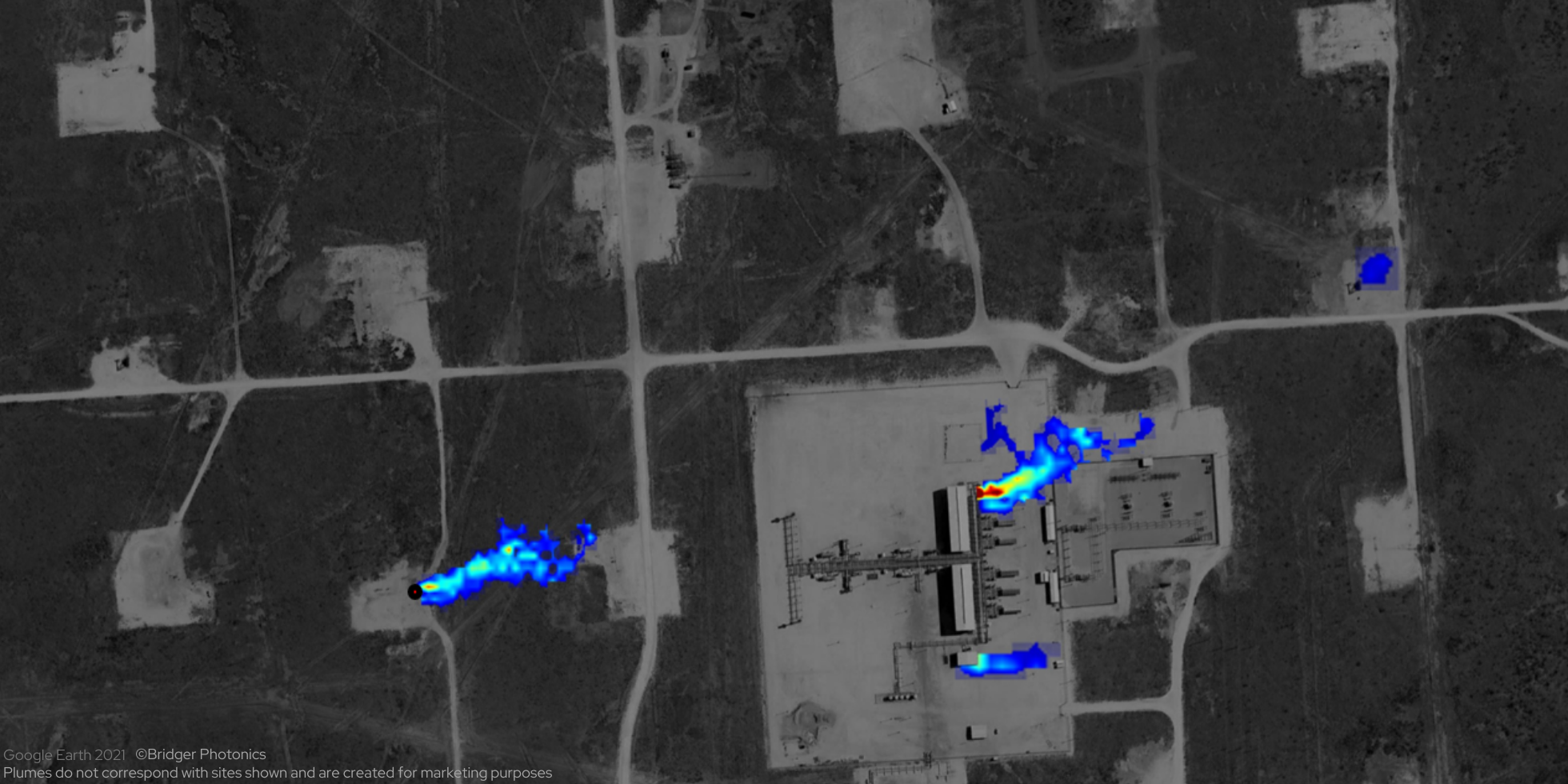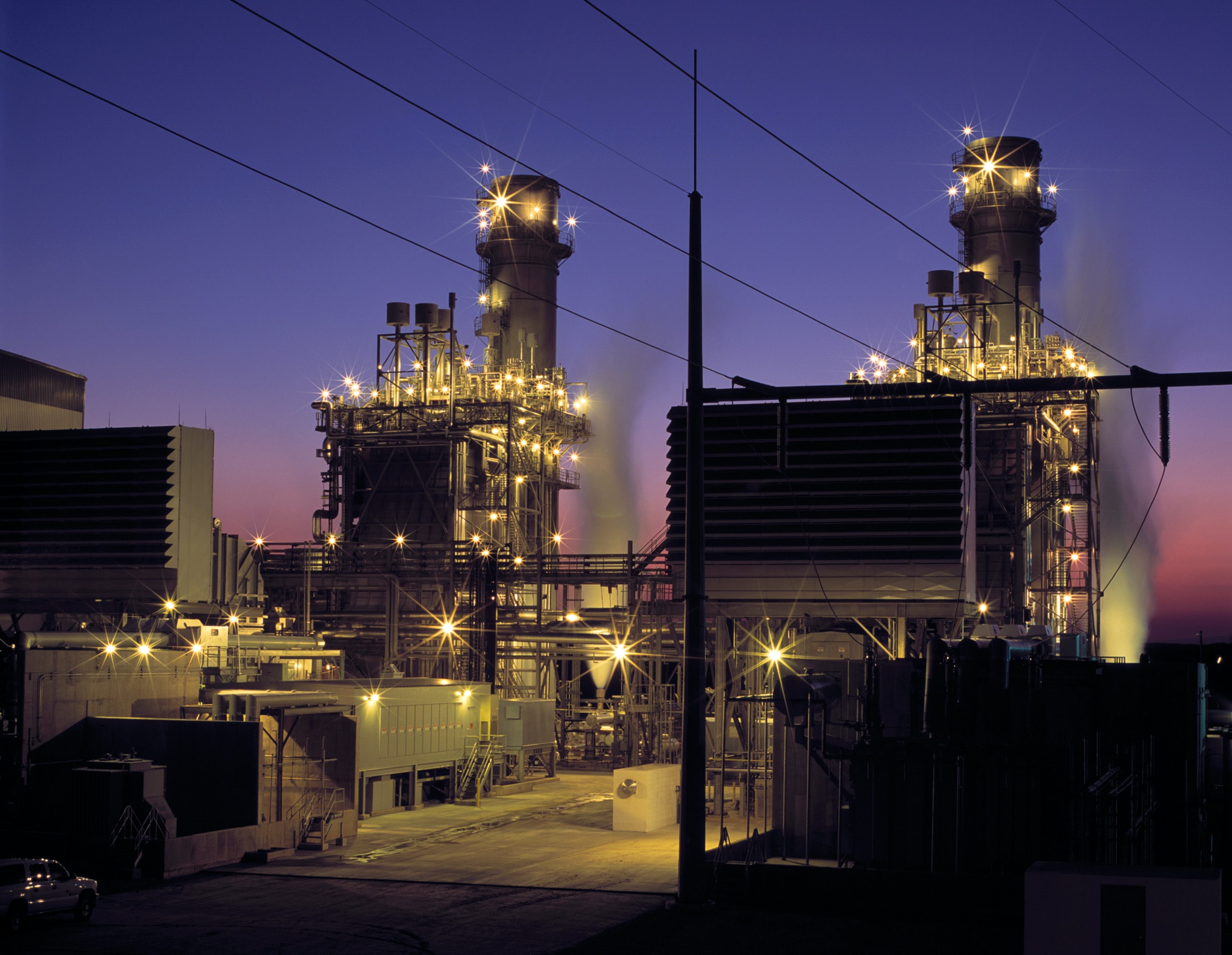Contributed by Christine Sundnas, Bridger Photonics
Methane leaks represent a major problem for the natural gas industry on several fronts. First and foremost, any leakage could become a public health hazard[1] for people living in the area. There’s also the risk that even a relatively small leak could lead to an explosion that could damage surrounding communities as well as the infrastructure. The ecological impact of a methane plume contributes to the greenhouse effect and raises the level of dangerous emissions in the atmosphere. Finally, there’s the impact to a utility’s bottom line due to resources being wasted rather than making their way downstream to customers.
These risks make it imperative that companies within the natural gas sector do everything they can to identify any signs of leakage as quickly as possible. With enough warning, they can mitigate these leaks before they have an opportunity to cause lasting damage. Of course, for many years this has been easier said than done. There have been a number of techniques utilized by the industry, ranging from gas sampling to acoustic monitoring to even manual inspections using specially trained dogs. Unfortunately, these methods came with a lot of caveats. They were time-consuming, they were often imprecise, and in many cases they were only efficient when there was already suspicion of a leak.
Today, however, there’s a new way to detect methane leaks that is faster, more effective, and more efficient than anything used to date. Light detection and ranging, also known as LiDAR, utilizes laser technology to spot leaks from a bird’s-eye view.
How LiDAR Works to Detect Methane Leaks
This is a specific type of laser absorption spectroscopy, which means it utilizes a continuous-wave laser at a specific frequency. The emitter device is attached to an aircraft such as a helicopter, which is flown over the pipeline or other natural gas distribution system. As it does, the laser emits a frequency that is known to be absorbed by methane gas. The results are tabulated by measuring the amount of modulated laser light that returns to the device from the ground. Once the scan of the entire designated area is completed, the results are analyzed by a team of experienced technicians.
Using the data collected during the scan, the analysts look for evidence of gas plumes. They are able to prepare a detailed report that not only lists whether any plumes were detected, but also their location, size, and maximum concentrations. The report also will contain visualizations that can be used to pinpoint the exact spot where the leak may be originating.

With the detailed information provided by this technology, natural gas companies can tell not only if they have a leak, but also where it is and how serious it is. This means they can prioritize repairs based on proximity to residential areas and the severity of the leakage.
What Makes LiDAR the Superior Option
Compared to traditional methods, LiDAR offers much more, including:
- Greater efficiency: Flying above infrastructure means more can be scanned at one time, especially compared to ground-level techniques.
- Higher accuracy: The sensitivity of the continuous-wave laser used in this method enables it to detect the presence of methane with more accuracy than others.
- Speed: By covering more ground and detecting gas almost instantaneously, LiDAR offers a faster way to scan for leaks.
Natural gas companies have a responsibility to themselves and their communities to spot potentially dangerous methane leaks before disaster strikes. The use of LiDAR as a mapping technique gives them an innovative and highly effective tool to identify such problems before they have an opportunity to get out of hand.
About the Author: Christine Sundnas is Content Writer and Editor for Bridger Photonics. She completed her BS and MS degrees in Environmental Science at Montana State University. Sundnas worked for the local government in the areas of water quality and hydrogeology for seven years, then started a business doing technical writing contract work. At Bridger, she creates and edits content aimed at educating clients and the industry on important topics related to methane emissions and reduction.






